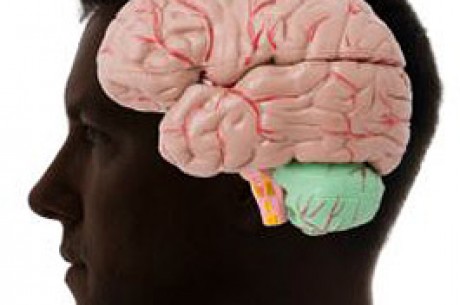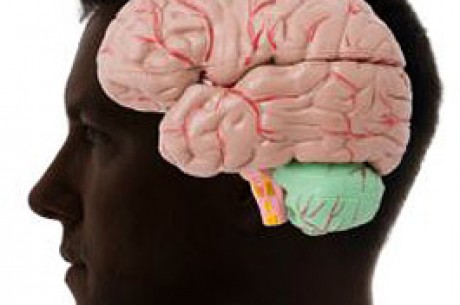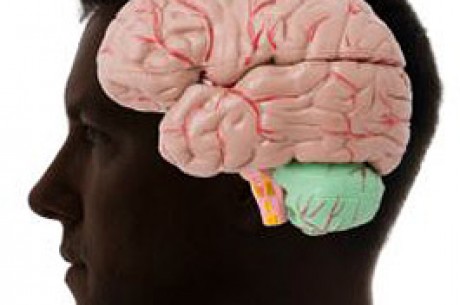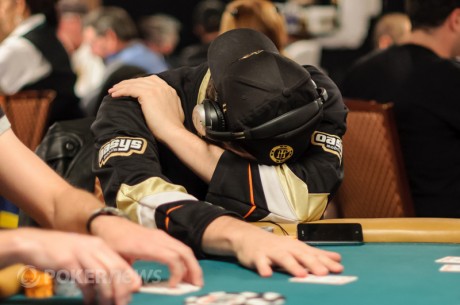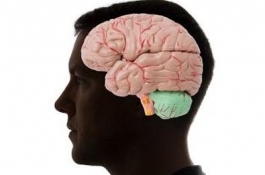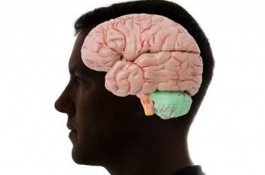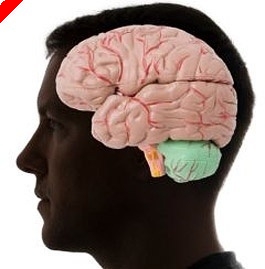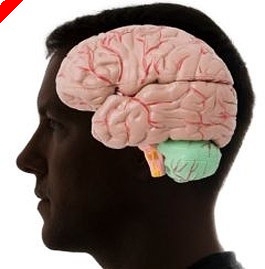The Poker Shrink, Vol 41 - Cognitive Dissonance: Learning from the Bad Beat
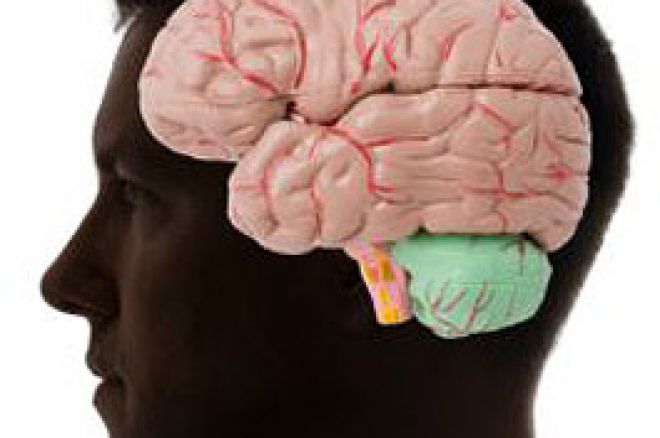
Can you really learn from a bad beat? I mean, can you learn something other than the guy in the three seat is a donkey and the poker gods hate you?
First, let's be clear. A bad beat happens only when you get your money in with the best hand and the other player draws out on you with less than a 50% draw. In fact, some would go further and say a true bad beat has to be something with longer odds than a three-outer. But we all agree that a bad beat must be statistically a 'come from behind' event. The longer the odds of the second hand making the beat, the worse the beat feels.
Poker wisdom might say that you must forget the bad beat and just walk away. Next hand, next tournament, next session. There might just be something to learn, though, in taking the beat, but you need to be able to clearly analyze all of the elements that went into the painful experience. This is where cognitive dissonance comes into the picture.
Cognitive dissonance, as commonly understood, is the perception of incompatibility between two cognitions, which can be defined as any element of knowledge, including attitude, emotion, belief, or behavior.
When you take the bad beat you certainly have reactions that can include attitude (you get angry), emotion (you stalk away from the table talking to yourself), belief (that guy is a donkey!), and behavior (take it well or take it badly, it's still behavior).
Now, here comes the tricky part. The theory of cognitive dissonance states that contradicting cognitions serve as a driving force that compels the mind to acquire or invent new thoughts or beliefs, or to modify existing beliefs, so as to reduce the amount of dissonance (conflict) between cognitions. In non-scientific terms, conflict makes us uncomfortable, so we attempt to relieve that discomfort by coming up with new beliefs or behaviors to in some way reconcile this conflict.
This tension that we want to relieve will drive us to find new ways to do whatever it was we just did that caused the tension. But! In poker it is possible to relieve the discomfort and not learn anything at all. If you walk away from a bad beat and your entire thought process is 'That guy was an idiot' or 'I am just unlucky', then you have lost a valuable opportunity to improve your game.
Work with the tension. Work with the discomfort of the bad beat and ask yourself, "What really happened?" Just how good were your odds? Did you have another play that risked less of your stack? Was that player likely to make such a call based on his previous play? And if he was, did you have the best odds to make the call or that big re-raise?
You see, the discomfort we naturally feel when we take a big hit at the table presents an opportunity for analysis and improvement �� but only if we put the right elements into the conflict. Only if our cognitive dissonance comes from an honest, factual assessment of the hand in question can we improve. Sure, maybe the guy did make a terrible call, but perhaps you also had been stealing like a bandit, and your all-in move looked like a semi-bluff to him. Maybe if you had checked and let him bet out, then come back over the top, he would have laid it down and there never would have been those runner-runner clubs.
Cognitive dissonance suggests that a bit of discomfort can be a good learning tool �� in fact, a great learning tool �� if we choose you use it.

